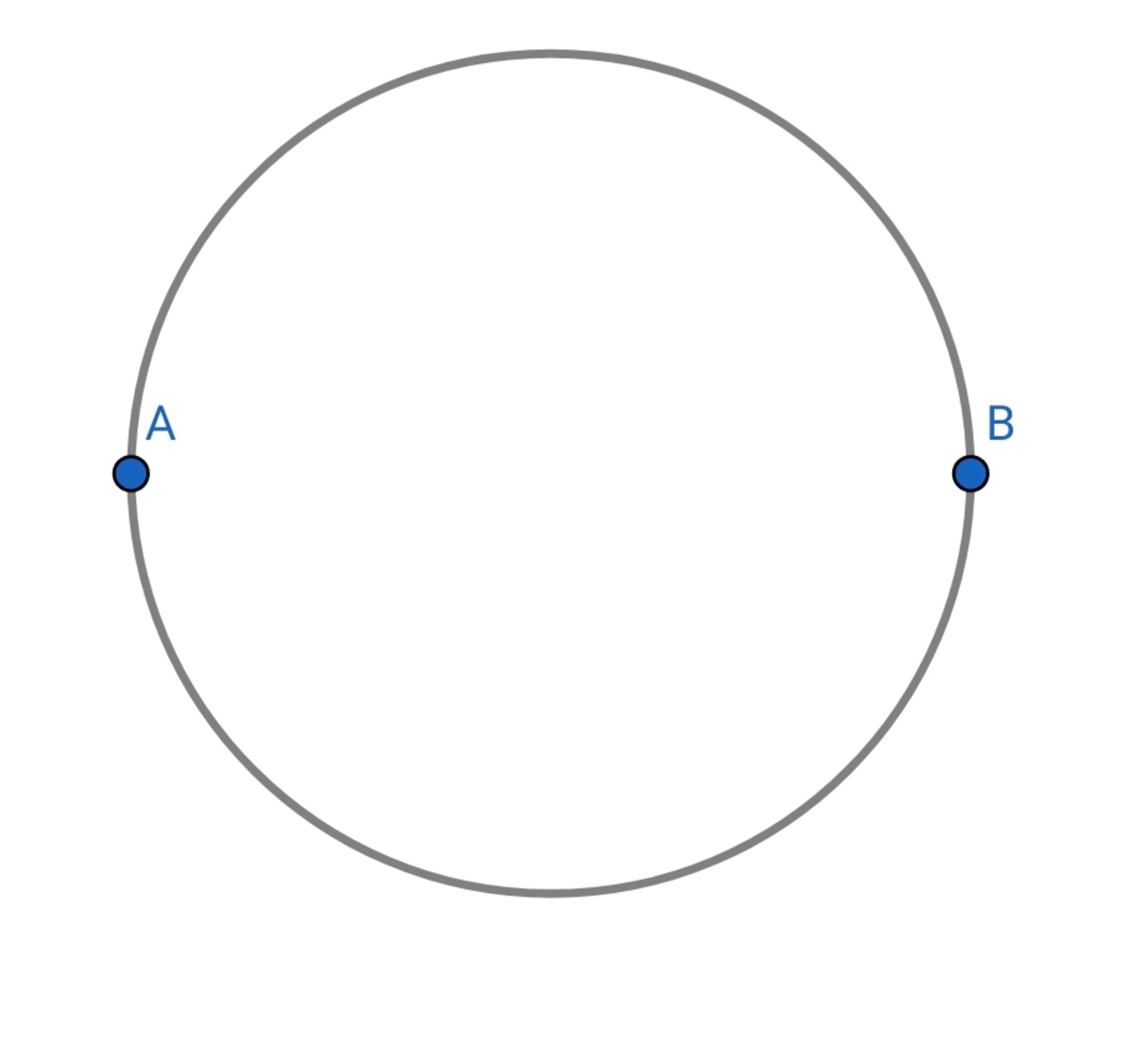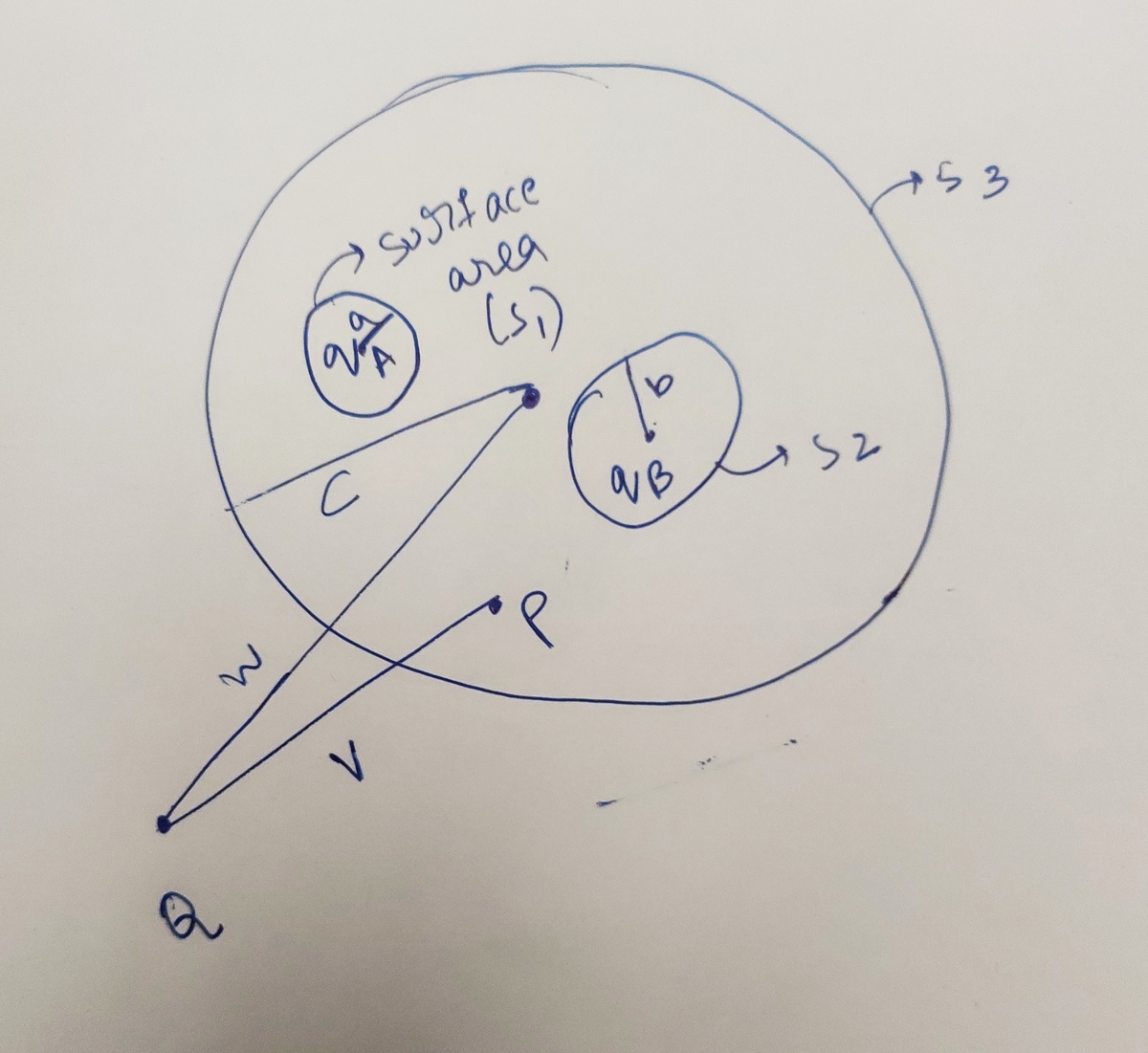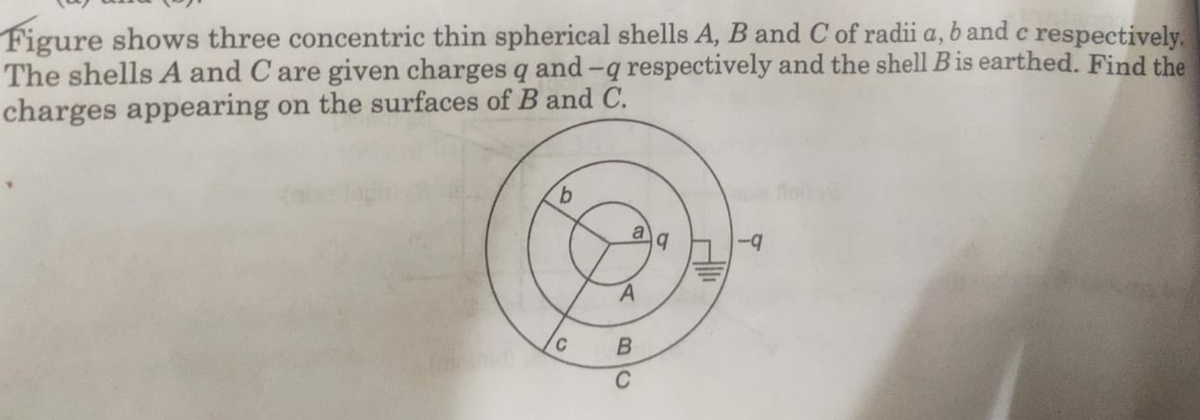Electric Flux Exercise (part 1)
Two identical
A
(
−
1
,
0
,
0
)
and
B
(
1
,
0
,
0
)
particles of each charge
q
=
1
0
0
C
are projected from the ring. Particle A is launced in
x
−
z
with a speed
v
=
1
0
m
s
−
1
at an angle of
3
0
°
from
+
x
axis. Particle B is launched in
x
−
z
with a speed of
2
0
m
s
−
1
at an angle of
6
0
°
from
−
x
axis.A ring is located in
x
−
y
plane has the equation
x
2
+
y
2
=
1
 If the electric flux through particle
A
is
ϕ
A
at time and through particle
B
is
ϕ
B
at
t
=
1
s
e
c
Type your answer as
(
ϕ
A
+
ϕ
B
)
×
1
0
Details and Assumtions
Take
g
=
1
0
m
s
−
2
in
−
Z
direction,
ϵ
0
=
1
The answer is positive
If the electric flux through particle
A
is
ϕ
A
at time and through particle
B
is
ϕ
B
at
t
=
1
s
e
c
Type your answer as
(
ϕ
A
+
ϕ
B
)
×
1
0
Details and Assumtions
Take
g
=
1
0
m
s
−
2
in
−
Z
direction,
ϵ
0
=
1
The answer is positive
The answer is 0.866.
This section requires Javascript.
You are seeing this because something didn't load right. We suggest you, (a) try
refreshing the page, (b) enabling javascript if it is disabled on your browser and,
finally, (c)
loading the
non-javascript version of this page
. We're sorry about the hassle.
1 solution
@Steven Chase in your new question i am getting both I R 0 and I R ∞ as 1 0 A .
Log in to reply
What about the sign (positive and negative)?
Log in to reply
@Steven Chase I R 0 = 1 0 A and I R ∞ = − 1 0 A
Log in to reply
@A Former Brilliant Member – Yes, that's right. By the way, could you double check your answer to the new electric field problem? Thanks for the dedication, too.
Log in to reply
@Steven Chase – @Steven Chase Yes let me check it.
Log in to reply
@A Former Brilliant Member – @Steven Chase I have corrected it.
@Steven Chase – @Steven Chase Hii. The cases and deaths are increasing in such a fast way. I just want to know the atmosphere around your house? Did you go outside for anything??
Log in to reply
@A Former Brilliant Member – @Steven Chase Are you free nowl I want to ask 2-3 conceptual doubt regrading gauss law?? (related to theory)
Log in to reply
@A Former Brilliant Member – Sure, what are they?
Log in to reply
@Steven Chase
–
@Steven Chase
 Find the surface charge density(sigma) on all three surface(
S
1
,
S
2
,
S
3
?
Find the surface charge density(sigma) on all three surface(
S
1
,
S
2
,
S
3
?
If there is lack of some information you can attach your information by yourself also.
Log in to reply
@A Former Brilliant Member – Why would there be a surface charge density? Is this some sort of material?
Log in to reply
@Steven Chase
–
 This one?
This one?
Log in to reply
@A Former Brilliant Member – There are solutions to these online:
https://doubtnut.com/question-answer-physics/figure-shows-three-concentric-thin-spherical-shells-a-b-and-c-of-radii-a-b-and-c-respectively-the-sh-9726154
Log in to reply
@Steven Chase – @Steven Chase Did you use doubtnut also? It's a Hindi app. Did you speak hindi also???
Log in to reply
@A Former Brilliant Member – No, I just typed the problem text into Google
Particle A makes no contribution to the flux, since it is located in the x y plane at t = 1 . Compute the flux from particle B at that time.